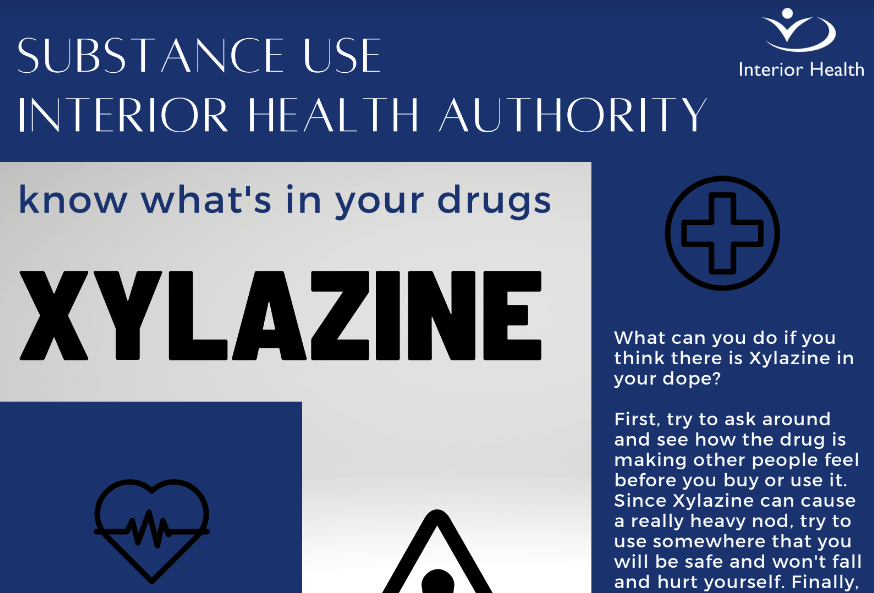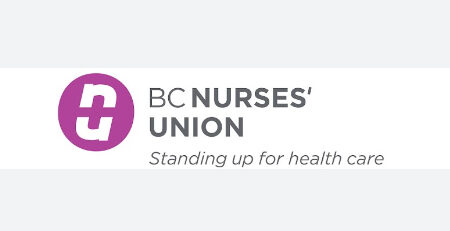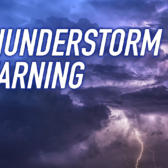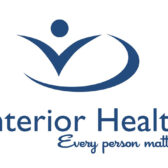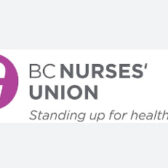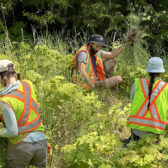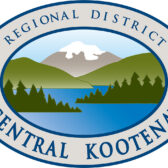Interior Health releases advisory for Xylazine
Interior Health said in an emailed statement released an advisory as below for the region.
Interior Health said an advisory is intended to make our partners aware of a new or novel findings for the area and when present risk is unknown.
Interior Heath Harm Reduction Team would like to make our community partners aware of recent reports of Xylazine found in samples tested by the UBCO HaRT team in Kelowna on July 4 and confirmatory results from two samples sent from Cranbrook July 12 .
The samples also contained Caffeine, Erythritol and Fentanyl and/or a fentanyl analogue and Benzodiazepine(s). Historically, Xylazine has not been regularly detected in BCs drug supply. However, given the geographic difference and the timing of both samples, it is possible Xylazine is circulating in other local drug supply chains.
Here is what we know:
- Xylazine, or “Tranq”, is very prevalent in the drug supply in the eastern United-States and regularly appears in Ontario.
- Xylazine is a veterinary drug that has not been approved for human use and can have severe side effects that can be delayed in their appearance.
- Xylazine is a sedative, analgesic, and muscle relaxant. Naloxone will not work on Xylazine but it will work on any opioids that are present. Continue to follow SAVE ME protocols.
- Xylazine can be fatal on its own, with the dose and the response curve is unclear
- Xylazine can increase health risks, and greatly increase the risk of overdose. Long blackouts, coma, and deaths have been reported.
- Xylazine use is often associated with abscesses and other skin ulcerations that do not heal on their own, often becoming infected and complicated. Important to note that these skin lesions do not come from the injection sites; they can be found anywhere on the body.
- Current harm reduction advice for drugs containing xylazine is to use as little as possible with great caution.
More information – including overdose response protocols:
- Xylazine – Toward the Heart, https://injuryprevention.bmj.com/content/27/4/395, https://harmreductionjournal.biomedcentral.com/articles/10.1186/s12954-021-00546-9, https://ccsa.ca/sites/default/files/2022-07/CCSA-CCENDU-Drug-Alert-Xylazine-2022-en.pdf
Here is what we don’t know:
- We do not know how prevalent Xyalazine is in the local drug supply throughout the Interior region.
What we are asking you to do:
- Please be on the lookout for any of Xylazine’s clinical presentations and inform the harm reduction team if you are seeing an increase in skin lesions or other potential effects of Xylazine.
- Please continue to encourage the use of drug checking services. Xylazine can easily be detected by FTIR if its concentration is above our detection threshold of approximately 5%. It cannot be detected with test strips. Reach out to the harm reduction team if you have a sample for testing but do not have FTIR drug checking services in your community.
- Please continue to discuss the harm reduction and drug poisoning prevention tips and community resources as noted below.
Reduce the risk
- Get your drugs checked – see service information below.
- Avoid using different drugs at the same time or using drugs and alcohol together.
- Don’t use alone or ask someone to check on you.
- If you must use while alone, consider using the Lifeguard app which can connect you with 911 emergency responders if you overdose. Download at the App Store or Google Play.
- When using your substance start with a small amount, and then go slow.
- Use at an Overdose Prevention or Supervised Consumption Site, if one is near you.
- Know how to respond to an overdose – call 911, give rescue breaths and naloxone.
NEW! TOXIC DRUG AND HEALTH ALERTS:
Toxic drug and health alerts are currently available in Interior Health. To sign up, text the word JOIN to 253787 (ALERTS)
- To find a take home naloxone site visit: https://towardtheheart.com/site-finder
- Drug checking locations can be found at https://drugchecking.ca


